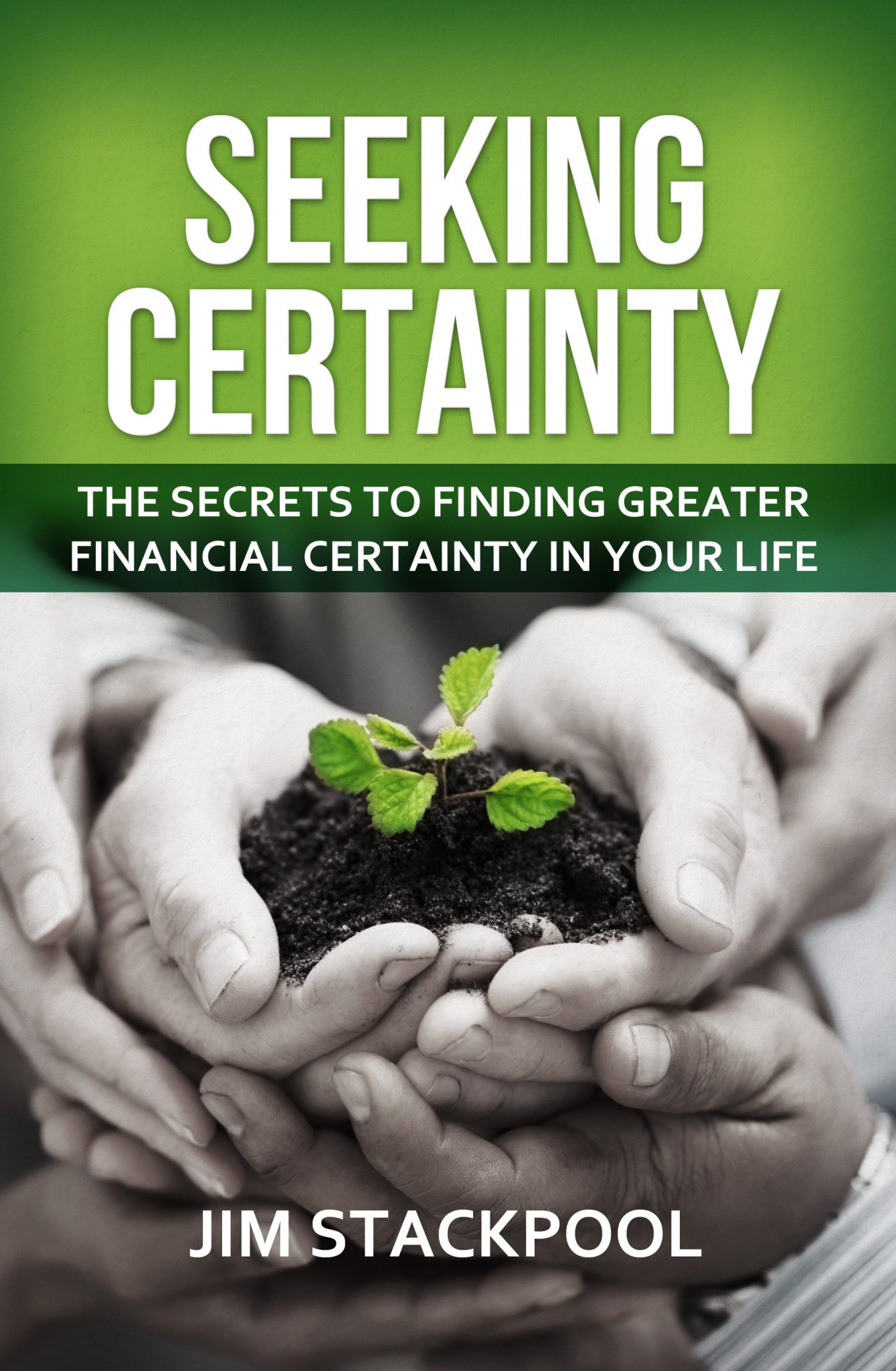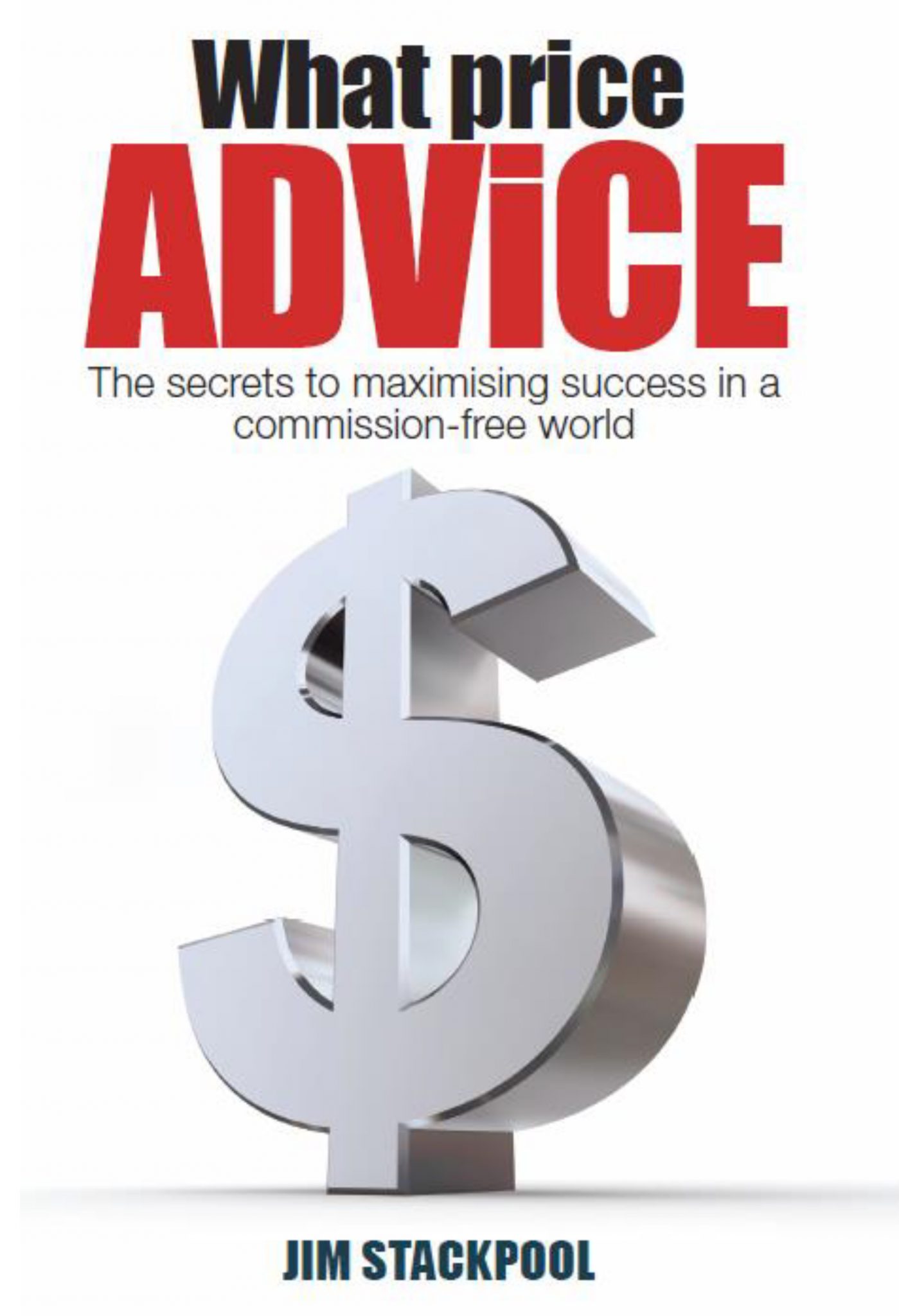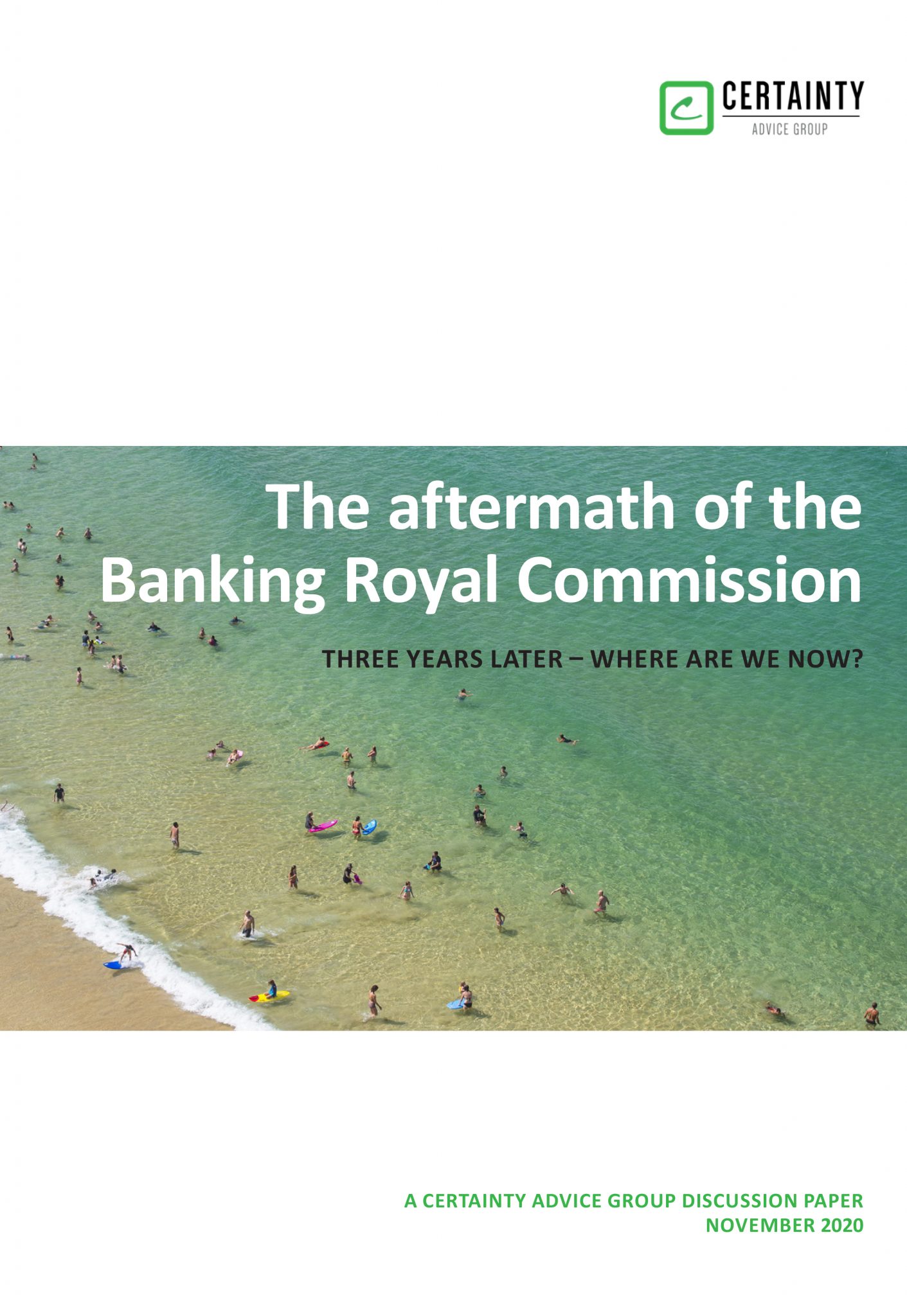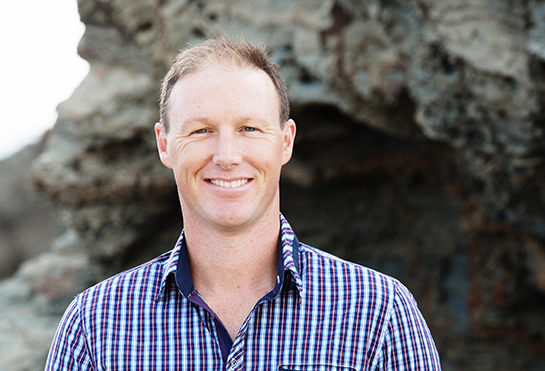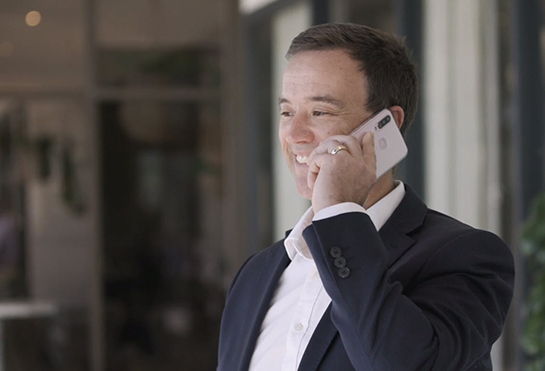Rewriting
the laws of
PRICING Advice
About The Book
“The cure of a part should not be attempted without the treatment of the whole” – PLATO (circa 380BC)
It is generally considered that Plato was a one of the three acclaimed Greek pioneers of Western philosophy. Along with his teacher Socrates and his pupil Aristotle, the three devised some of the most significant foundations for generations of philosophers and thinkers that followed them.
The above quote highlighted his concern that his fellow practitioners were reducing the study and science of medicine to an intricate understanding of it’s parts, rather than being seen as a study of a total system, a total being.
Plato could be speaking of the study and practice of advice in the 2020’s. It is being ruined by treating people’s financial lives as simply the sum of it’s technical parts. Nothing could be further form the truth.
The beliefs of Plato and acclaimed behavioural scientists such as Daniel Kakneman and Richard Thaler provide an intuitive ‘law’ for when advisers consider the price of value for a client. If we believe that for every significant choice that is made in life, there is varying degrees of uncertainty attached, it follows that there are varying degrees of value also for the individual considering the choices.
“The objective of financial advice is to maintain a state of balance for each client on their unique financial path while managing: their financial products, their financial behaviours, their financial relationships and their financial environments.”
What’s inside
THE THEORY
Value is about impact
THE POWER
Clients have become powerless
The Separation
Value Outcomes not Inputs
The Implementation
Value Frameworks
THe CLIENTS
What’s the Value?
The Teams
Building valuable advisory teams
Chapter 1- Client Value?
Luck plays a significant, often unappreciated role in how our lives pan out.
Some believe that the harder they work, the luckier they get. Others believe some of us are just born lucky and some believe luck is a matter of faith.
Unfortunately the pursuit of what clients value will be flawed at best if entirely based upon good luck as it won’t be readily, consistently and specifically available when they most need it.
Value too is equally elusive.
It means different things to different people at different times.
Where I live, having a home close to the beach is valued by most people.
However, once in these homes the value of having an ocean view with a short stroll out the front door to the beach is affected by the increasingly obvious.
When you live in paradise you have to expect visitors and tourists. They come to enjoy the paradise without paying the rates. They exercise, hold parties, picnics, walk their dogs, take limited parking, and leave their garbage.
Some people value living in the noisy hub of community attracted by the beach, others don’t. Therefore what some people value can change.
Uncertainty is another component in the consideration of what clients value. It acts like dust or rust invading the nook and crannies of the choices our clients face in our lives.
Life’s decisions are like my morning ocean swims. Never the same no matter how many times you swim, always unique with surprising extremes, mostly hidden until out there suspended on top, not in control and certainly not at the top of evolutionary food chain.
We live in world of increasingly connected and varied choices some with far-reaching and at times emotional consequences.
It’s not only the choices that affect our uncertainties, it’s the people, the social media, the disasters and breakthroughs, the accidents, the rumours, our up-bringing, our culture, our beliefs, our faith and our values that shape the size and extent of these questions and doubts.
Then there is our mental wiring – our biases.
I’m a fan of Daniel Kahneman and his ability to dissect accepted paradigms of common thinking as ridiculously illogical.
In his 2011 book “Thinking, Fast and Slow”, Kahneman paints many scenes relating how we are and can be so easily pre-programmed to think askew. Like the producers pulling the levers creating the false reality for Jim Carrey in the movie The Truman Show, we’ve got those lever-pullers somewhere inside us, challenging, comforting, urging, pushing, and convincing us that indeed the earth is flat when really there is another reality.
So, considering the vagaries of luck, value, uncertainty and our skewed wiring, what is client value?
Before answering that, it’s key to focus on the unique value sought by each client. While acknowledging the role and place for standards, value as defined here is subjective to the individual.
It isn’t dictated by an official, or a regulator. Nor is it defined by an adviser, a marketplace or even what a loving or close partner might suggest.
Capturing the value this book aims to consistently, methodically and specifically price can be represented in the following:
THE CERTAINTY VALUE FORMULA
Value = (Good luck + Progress) / (Bad luck + Bias + Uncertainty).
While luck is a huge contributor to our good and bad progress my old maths teacher would suggest that the good luck in the nominator should negate the bad luck in the denominator. While the distribution of good and bad luck is uneven individually, the point is probably true.
Therefore the Certainty Value Formula becomes:
Value = (Progress) / (Bias + Uncertainty).
For the sake of simplification I group the denominator’s factors of Bias and Uncertainty into one – Complexity.
So the shorthand formula for value becomes:
Value = Progress / Complexity.
The task this book attempts to set out is a set of mindsets, tools and models to consistently, specifically and methodically price the value each client uniquely experiences based upon this formula.
That is, increase the top line while minimising or at least managing as we shall see, the bottom line in a consistent, specific and methodical approach for every client.
These models have evolved over the past twenty years working with our advisers – Certainty Advisers – attempts to achieve more of what each client individually values without any bias influenced by product, effort, or ownership. That is, without any real or vested interests.
Maximimising the progress unique and specific to every client while managing or minimimising their overt or covert complexities is value.
Importantly again is the role of luck, good and bad in the lives of clients. While no-one yet has control of luck, it has considerable influence on an advisers job.
Progress is so much more than the fundamental tools and expertise required to maximise a client’s financial returns via cash flow management, investments, pension funds, savings or to minimise costs of taxation or specific financial expenses.
Progress means different things for different clients and even within a client family or firm, progress can mean different things to different partners and parties. Unfortunately at times, progress may not always be what the client wants, but when positioned on their value it may be exactly what the client needs.
Having been target practice of product manufacturers for years promising value from their products has created an imbalance.
Today, the majority of clients have to initiate discussions about how to best progress their financial lives or handle an impending financial waypoint with a lop-sided focus on specific products designed not in the best interests of clients but to align to a product-compliant market where payments are not based upon value but upon quantity of product or amount of hours worked.
While cash flows, investments, fees, structures, taxes, pensions, risks are crucial elements of progress and similar contributors to complexities, unless the client views financial services products as a delightful hobby, these questions are but instruments of value rather than holding value in themselves.
Many would disagree.
I suspect they don’t waste their time reading my books.
About the author

Jim Stackpool founded Strategic Consulting & Training (SCAT) in 1993 after three years lecturing and consulting with the Financial Management Research Centre at the University of New England in Armidale, NSW Australia.
In the 1990’s he was the first to establish industry business performance benchmarks with over 1600 Australian firms contributing. At the same time the Securities Institute invited him to act as Chair of the Securities Institute’s Practice Management training modules.
Since November 2004 his successful Certainty Advice Workshops have been attracted over 1500 professionals seeking to implement a version of his comprehensive advice approach – Certainty Advice.
In 2019, after a thorough review of the Certainty Advice methodology, ACCC and IP Australia approved his submission and agreed that Certainty Advice is Australia’s first certification standard of professional financial advice which guarantees Australians a similar standard of comprehensive, non-conflicted, flat fee advice regardless of licensee and location.
Due to Australia’s competitive marketplace, compulsory superannuation industry, egalitarian consumer mindset, and national legislative environment comparatively our advice industry is world-class and Jim Stackpool has been one of Australia’s prominent thought-leaders for the evolving advice profession.

Other books
2013
Seeking Certainty
LINK
Written for consumers SEEKING CERTAINTY explains the trends forging the new era of financial advice, the book includes tools for clients to identify and understand the value an advisory relationship might provide and shares a fable how five different lives are formed by luck, uncertainty, emotions, behavioural bias and financial decisions.
This book aims to provide the informed seeker of financial advice an approach to seeking greater financial certainty in their lives.
2012
Delivering Certainty
LINK
The paradigms that spawned the financial advisory industry in Australia and most of the developed world have unfortunately not served consumers as well as they have served themselves.
DELIVERING CERTAINTY is written for advisory firms focused on building great firms that delivered consistent, methodical advice regardless of markets, legislation, specific products or services (and without payments from product suppliers).
2009
What Price Advice
LINK
Compared to professional and technological advances, advances in pricing theories have languished. Theories surrounding the pricing of professional advice are badly dated and askew to what purchasers value. What Price Advice simplest aim is to advance the debate with alternatives for professionals that want to move beyond fees based upon amount of product or hourly rates towards pricing on value.

Our Research
Certainty Advisers
Successful Firms Using Value Pricing
Helping Others – Achieving More – Providing Certainty


